Stock market
GDP forecast for China, Japan and India in 25 years: India is 4.33 trillion, Japan is 4.31 trillion,
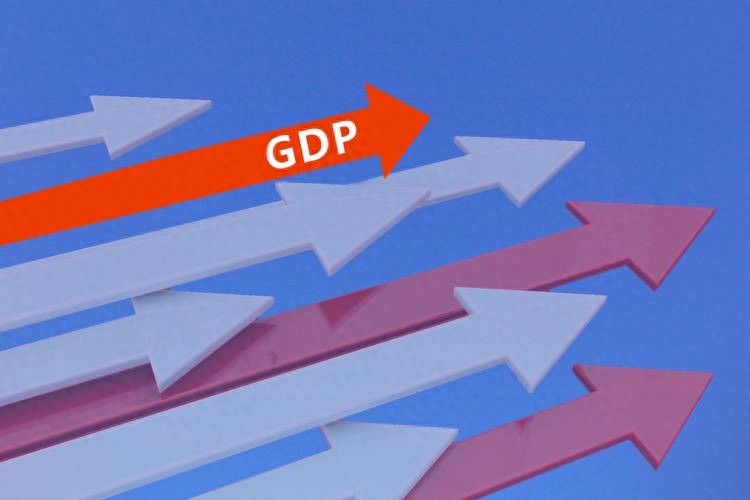
GDP
Text | Science 10 Grams
Editor | Science 10g
Preface
India, a country famous for its "Asan", has seen its GDP rising rapidly in recent years. Some even predict that India's GDP will surpass Japan's in 2025.
What is the reason for the decline in GDP of Japan, a manufacturing powerhouse? What is the forecast for China's GDP in 2025?
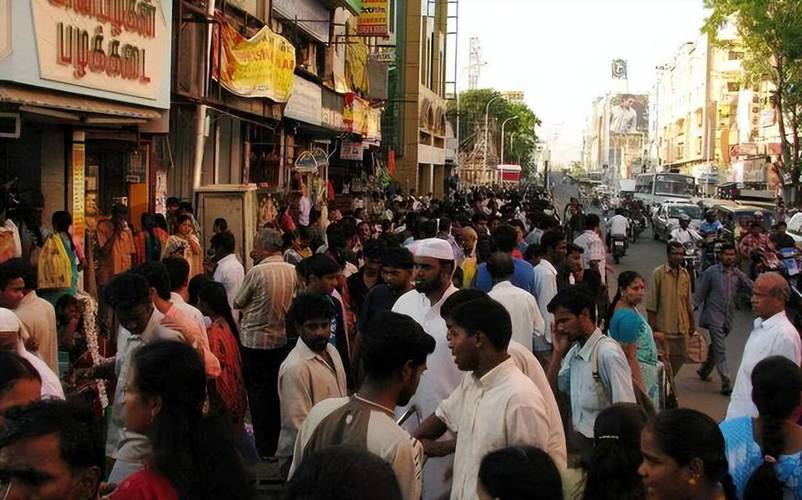
Indian Street
Economic Development in India
In recent years, India's economic development momentum is indeed good. Big cities like Mumbai and New Delhi are full of tall buildings and bustling traffic, presenting a prosperous scene.
The rich drive luxury cars and live in villas. They are extremely wealthy. I heard that India's richest man, Ambani, was once the richest man in Asia. This guy's net worth is more than that of Jack Ma and Pony Ma combined.
However, behind all these glamorous scenes, there is another side of India that many people may not know much about.
Take Mumbai for example, this city known as the "Shanghai of India", where more than half of its 20 million people still live in slums.

Slums in India
What is a slum? It is a place where there is no decent housing and even basic needs such as eating and sleeping are difficult.
Luxury houses and shantytowns in Mumbai are separated by only a wall. The poor have no food to eat, while the rich spend as much on one meal as they do in a month or even more. The gap between the rich and the poor is so huge that it doesn't look like a developed country at all.
The IMF predicts that by 2025, India's GDP will reach 4.33 trillion US dollars, surpassing Japan's 4.31 trillion, becoming the world's fourth largest economy.
This is one year earlier than the previous forecast. At first glance, it sounds like good news, but I always feel that something is wrong. Can a country's level of development really be judged solely by its GDP?
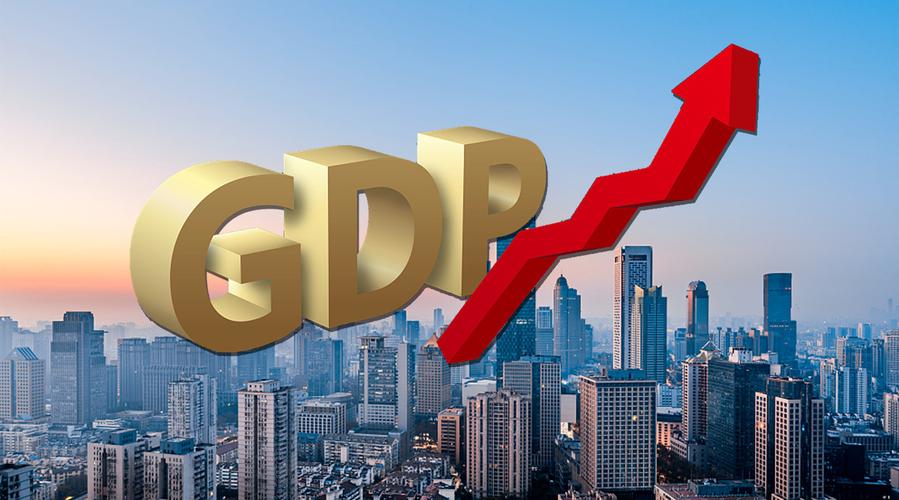
GDP
You have to know that India has a population of 1.4 billion, which is almost the same as China. Even if the total GDP is high, it will not be much per person.
India's per capita GDP is now just over 2,000 US dollars, which is not only lower than Japan, but even several times lower than China , not to mention education, medical care, and social security, which are all a mess.
Therefore, I have reservations about the statement that "India surpasses Japan". Even if the total GDP exceeds that of Japan, it only means that India is large in size and has a large population, but it does not mean that India is really stronger than Japan.
Besides, this forecast is still one year away. Who knows what will happen in the next two years? What if the Japanese economy suddenly recovers? Or what if something goes wrong in India and economic growth stagnates? It is too early to draw a conclusion now.

Indian Street
But then again, India's economic growth rate in recent years is indeed quite impressive, especially the Internet industry has developed so rapidly.
Chinese Internet giants such as Alibaba and Tencent have flocked to India to invest, fearing that they will miss out on this big cake. The most eye-catching among them is probably SoftBank, a Japanese company that has invested heavily in India.
SoftBank Vision Fund has invested more than $10 billion in India, equivalent to a quarter of the entire fund. SoftBank's Masayoshi Son even vowed to invest $100 billion in India and create 1 million jobs.

SoftBank Group
Of course, SoftBank is not stupid. They are eyeing India's huge demographic dividend and market potential. The average age of its 1.4 billion people is only 28 years old. This is a huge consumer group.
So from this perspective, the prospects for India's economy are actually quite bright. As long as the policies are appropriate, reform and opening up are implemented, and the demographic dividend is added, it is entirely possible that India will become one of the important engines of the world economy in the next few decades.
After talking about India, let’s take a look at Japan, a major manufacturing country. Why is their economy getting worse and worse, and is even predicted to be surpassed by India?

Japan
Japan's economy continues to decline
After talking about India, let’s take a look at Japan. This former economic hegemon has been doing worse and worse in recent years.
In 2023, Japan's GDP will be surpassed by Germany, and it will drop from the third to the fourth place in the world. What does this mean? Japan has been the second largest economy in the world since the 1960s, and was only surpassed by China in 2010.
Nowadays, the Japanese economy is even worse than Germany. It is really in trouble. Why has the Japanese economy fallen to this point?
Japan is the country with the highest level of aging in the world, with people aged 65 and above accounting for more than 28% of the total population . This means that Japan's labor force is decreasing, while the burden of pension is increasing, which is a huge drag on economic growth.

Japanese old man
In addition, young Japanese people have a low desire to have children, the birth rate continues to decline, and the number of new labor force is decreasing. This has led to Japan's labor shortage problem becoming increasingly prominent. Many companies are unable to recruit people, so their production efficiency is also declining.
In addition, Japan's status as a manufacturing powerhouse is gradually being lost.
In the past, Japan's automobile, home appliance, machinery and other manufacturing industries were all world-class, but in recent years, with the rise of manufacturing industries in countries such as South Korea and China, Japan's advantages are no longer obvious.
Moreover, some scandals in Japan's manufacturing industry have greatly damaged its reputation . For example, the Nissan motor fraud incident and the Kobe Steel data fraud incident have seriously damaged the image of Japanese manufacturing.

The picture comes from the Internet
Another thing is that Japan's innovation capabilities are gradually falling behind other countries. In the past, Japan was famous for its technological innovation. From Sony's Walkman to Toyota's hybrid cars, they were all revolutionary innovative products.
However, in recent years, Japan has lagged significantly behind the United States and China in emerging fields such as artificial intelligence, mobile Internet, and biomedicine.
You see, the United States has technology giants such as Google, Apple, and Tesla, and China has Internet companies such as Huawei, Alibaba, and Tencent, but what about Japan? It is still relying on old companies such as Sony and Nintendo to make a living.
This lack of innovation will be very detrimental to the Japanese economy in the long run.

Sony Japan
In addition to these, some structural problems of the Japanese economy have not been well resolved, such as high government debt, too many zombie companies, sluggish domestic demand, etc. These problems are dragging down the recovery of the Japanese economy.
The Japanese government is also working hard to meet these challenges. After Shinzo Abe came to power, he launched "Abenomics", trying to boost economic growth through large-scale fiscal stimulus and monetary easing.
However, the results have been less than ideal, and the Japanese economy has always been in a state of slow growth. In 2020, Japan's economy experienced its worst recession since World War II, with GDP plummeting by 4.8%. Although it recovered in 2021, the growth rate is still very low.

Shinzo Abe
Therefore, the Japanese economy still has a long way to go before it can get out of its predicament, and it is difficult for Japan to see a significant improvement in the short term. The IMF predicts that by 2025, Japan's GDP will be surpassed by India. To be honest, this possibility is difficult to confirm.
As for what the outcome will be, we still have to wait and see.
Now that we have talked about India and Japan, let’s see how China, the world’s second largest economy, will perform in the forecast results for 2025.
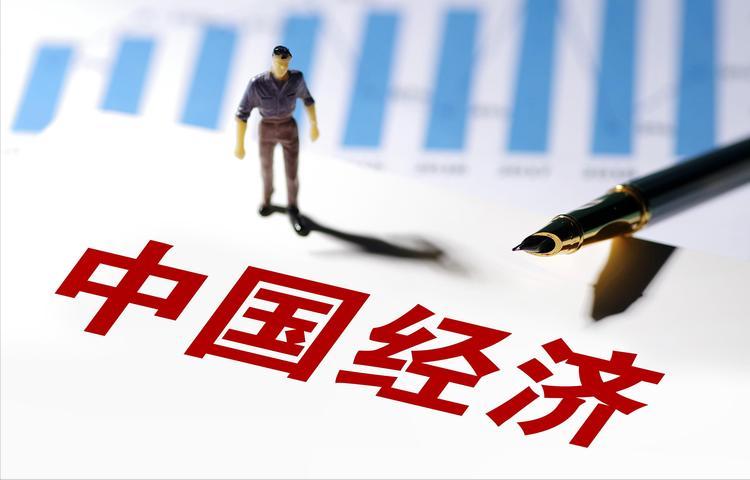
Chinese Economy
China's economic development is moving forward steadily
After talking about Japan and India, let’s take a look at ourselves. The performance of China’s economy in recent years can be summed up in one word: stable!
In 2021, China's GDP has exceeded 110 trillion yuan, ranking second in the world. Moreover, it is not easy for China's economy to buck the trend amid the raging epidemic.
In 2020, China was the only major economy in the world to achieve positive growth. In 2021, China's economic growth rate reached 8.1%, far exceeding expectations.
From large-scale tax and fee reductions to targeted relief and assistance, and then to increased infrastructure investment, the Chinese government can be said to have launched a combination of measures to effectively offset the impact of the epidemic.
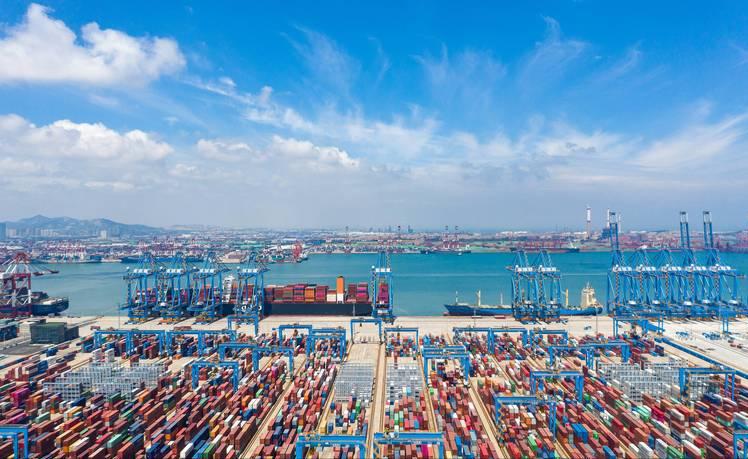
China Import and Export Trade Port
Of course, the resilience of the Chinese economy is also inseparable from a strong domestic demand market and a complete industrial chain.
The consumer army of 1.4 billion people is a huge cake, especially as the income level of Chinese residents increases, the trend of consumption upgrading is becoming more and more obvious.
From smartphones to new energy vehicles, from health and wellness to culture and entertainment, the demands of Chinese consumers are becoming more diversified and high-end, providing a continuous source of growth momentum for the Chinese economy.
The advantages of China's manufacturing industry are obvious to all. From upstream raw materials to midstream parts and components, and then to downstream complete machine assembly, China has almost the most complete manufacturing system.

Chinese Street
This not only meets the needs of the domestic market, but also makes China the world's factory. Even during the epidemic, China's manufacturing industry has demonstrated strong resilience and competitiveness, thus becoming the ballast of the global industrial chain.
It can be seen that China's economy is still bright. The IMF predicts that by 2025, China's GDP will reach 19 trillion US dollars, which is more than four times that of Japan and more than three times that of India.
Moreover, with the deepening of the construction of the "Belt and Road", China's economic and trade cooperation with countries along the route will continue to deepen, injecting new impetus into China's economy.
But we cannot be blindly optimistic. The current international situation is complex and intricate, and the rise of anti-globalization and trade protectionism have brought new challenges to the Chinese economy.
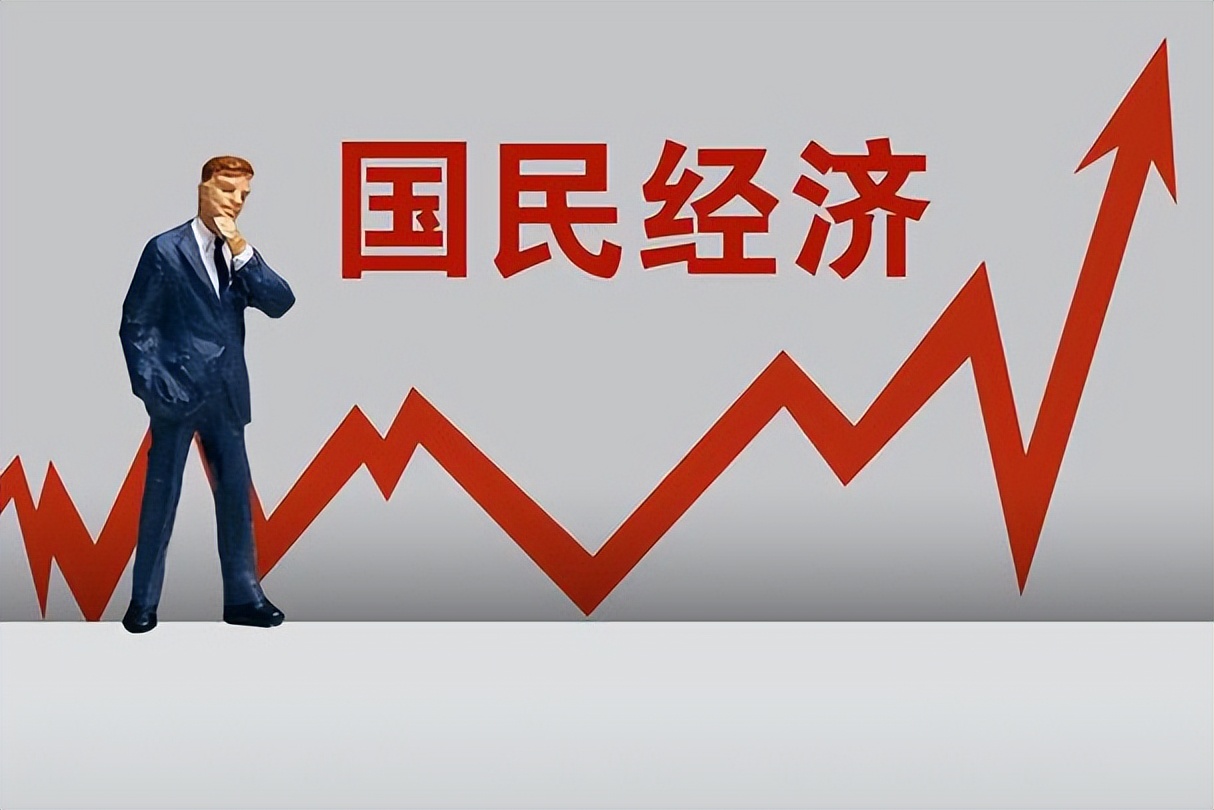
national economy
In particular, the trade friction between China and the United States is an uncertain factor. How to safeguard its own interests while also maintaining the multilateral trading system is something that China needs to deal with prudently.
The fluctuation of the RMB exchange rate is also worthy of attention. If the RMB depreciates sharply, it will undoubtedly bring a shock to the Chinese economy . Therefore, maintaining the basic stability of the RMB exchange rate is also an important task for China.
So in this context, what are the advantages of China's economic development?

The Bund
China's economic development advantages
China has always had a large domestic demand market, with a population of 1.4 billion and more than 400 million middle-income groups. What does this mean? This means that China has the largest consumer market in the world.
Whether it is food, clothing, daily necessities, housing or transportation, Chinese people have huge demands, which provides a continuous growth momentum for the Chinese economy.
In addition, China has more than 8 million college graduates every year, which is a huge talent pool. Moreover, the quality of China's labor force is constantly improving. We not only have a large number of industrial workers but also more and more technical and management talents.
Of course, China's innovation capabilities are also constantly improving, especially in the field of digital economy, where China is at the forefront of the world.
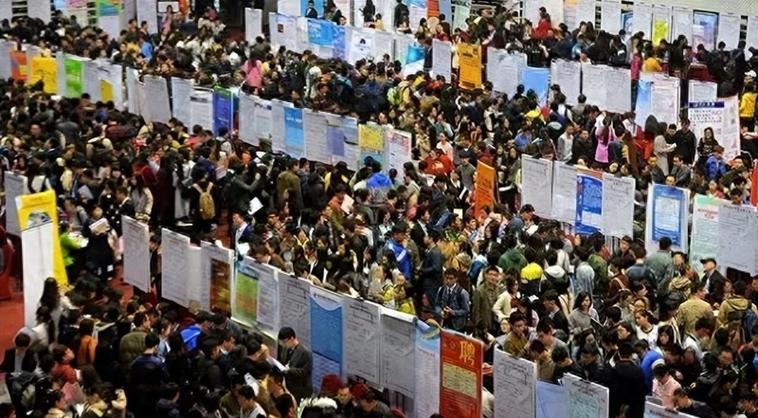
A large number of college students are pouring into employment
China not only has the largest number of Internet users and mobile payment users in the world, but also has a large number of unicorn companies. From e-commerce to mobile payments, from sharing economy to online education, China's digital economy can be said to be flourishing.
The development of China's economy is also inseparable from the dividends of reform and opening up. Over the past 40 years, China has insisted on opening up to the outside world and actively integrated into the global economy.
From joining the WTO to jointly building the "Belt and Road", China has continuously expanded the breadth and depth of opening up, which has not only brought advanced technology and management experience to China, but also provided a broad market space for Chinese companies.
It can be said that without reform and opening up, there would be no economic take-off in China.
China's economy still has great development potential in the future. The 14th Five-Year Plan proposes to accelerate the construction of a new development pattern with the domestic circulation as the main body and the domestic and international circulations mutually promoting each other.
This means that China will pay more attention to tapping the potential of domestic demand, while also making better use of the two domestic and international markets and two resources, which will undoubtedly open up new space for the Chinese economy.

The picture comes from the Internet
Conclusion
The future economic development of China, Japan and India can be described as a coexistence of opportunities and challenges. Although the Indian economy has huge potential, it also faces considerable problems. Although the Japanese economy still has a solid foundation, the downward pressure cannot be ignored.
In comparison, although the Chinese economy also faces challenges, its advantages are more obvious. Let us wait and see what kind of answers everyone will give in 2025.
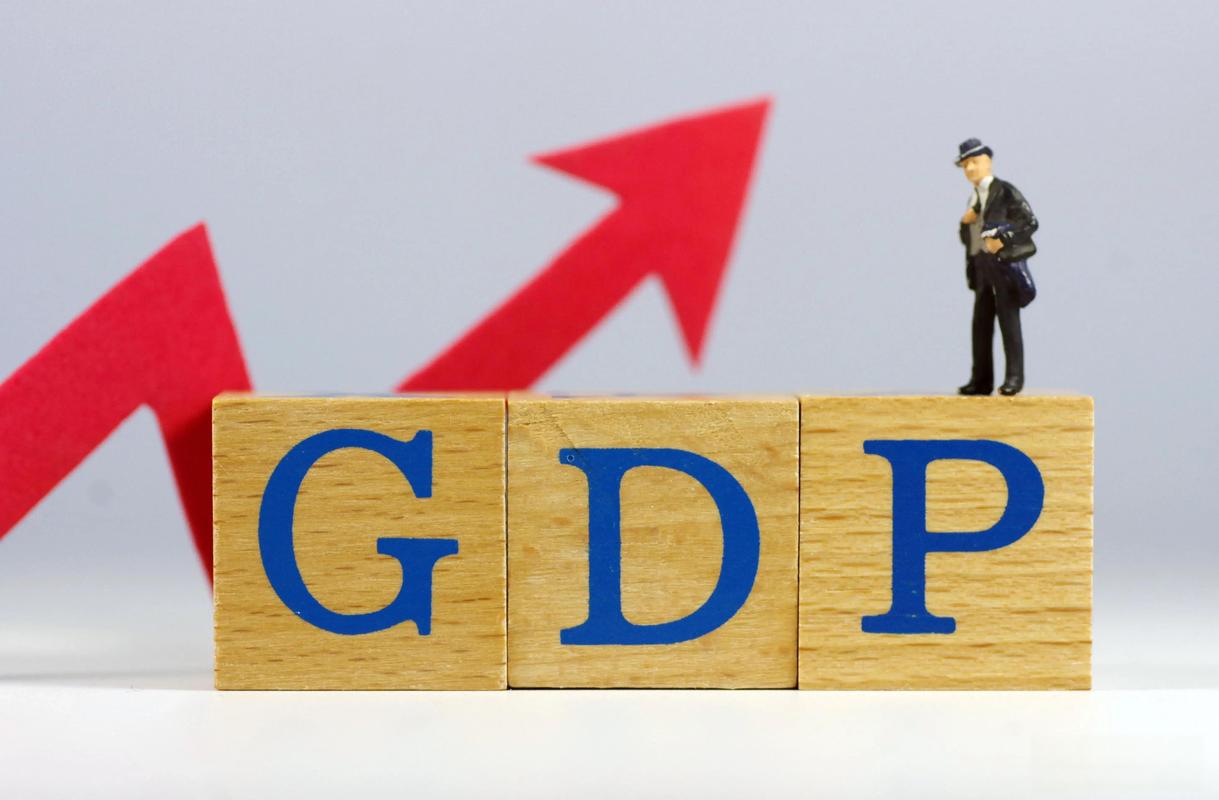
GDP
Information sources:
Red Star News: Japanese media: Japan's GDP may be surpassed by India in 2025
China Business News: my country's economic growth target for 2024 may still be set at around 5% in 2025


-
上一篇
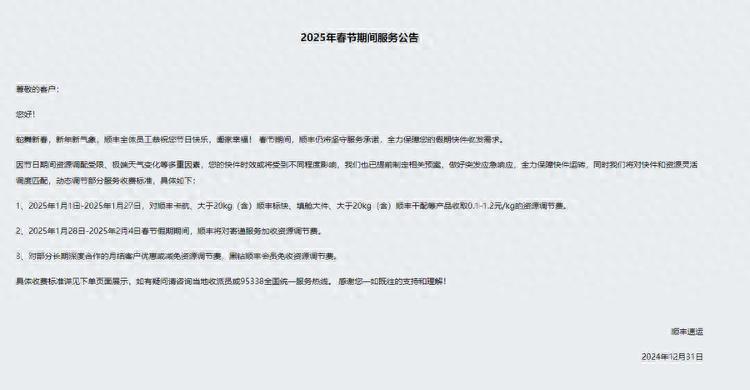
Will express delivery be suspended? Postal Service, SF Express, ZTO Express, JD.com, STO Express and
The Spring Festival in 2025 comes a little early. The statut...
-
下一篇

The first day of the national mobile phone subsidy: Consumers are enthusiastic, and models priced be
On January 20, the 2025 national digital product subsidy was...
相关文章
- China's GDP will grow by 5% in 2024 to 18.41 trillion US dollars. Will the gap with the United State
- In 2000, the US GDP accounted for 25.68% of the world's total, while China only accounted for 3.02%.
- Trump's impact on steel and iron ore
- CSRC releases | State Council Information Office holds press conference: Introducing the situation o
- With the joint efforts of six departments, the stock market is about to usher in a "hundred-bil
- When the wall falls, everyone pushes it: South Korea's first lady was exposed for having an affair,
- The Central Meteorological Observatory issued a yellow warning for cold waves and heavy snow
- Impact investment becomes a "booster" for enterprises to go overseas. What is impact inves
- CITIC Securities PV Investment Strategy for 2025: It is expected that the industry chain volume and
- Top 10 predictions for the US-China economy and investment in 2025




